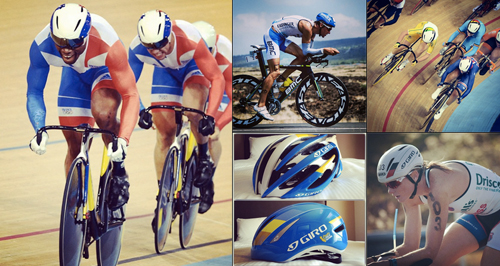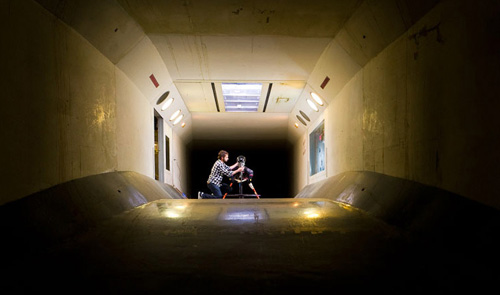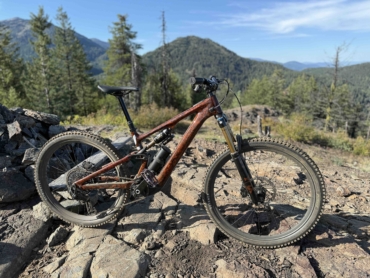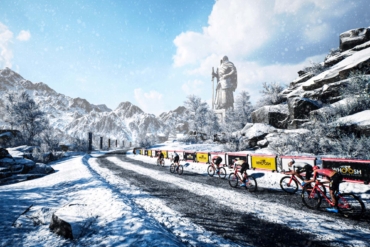The Ironman, the Tour de France, Olympic track racing… the Air Attack from Giro is a helmet that over the past year has seen adoption at the top levels of the sport. We caught up with an insider, Rob Wesson of Giro’s R&D team, for some insight on the origins of this out-of-box helmet design. —Stephen Regenold
Gear Junkie: The Air Attack has a unique look for an “aero” helmet. Where did the idea come from?
Rob Wesson: There’s a trend that started a couple years ago of more aero road frames, skin-suits for road racing, and everyone was looking for small gains. Giro had experience from its TT helmets, but we wanted to build something that was made not for the guy in a tuck for 40 miles but more multi-use, for road racing, track, triathlon, and more.

Tell us about the R&D process.
There are six core people on the R&D team. We started not by talking with our industrial designers at Giro but with engineering. This was the opposite of what the process usually is. But aerodynamics was our top priority. We started at a wind tunnel and brought 40 helmet types to see how they would compare. We just started playing with shapes. That was early 2011.
(RELATED CONTENT: GearJunkie covered the Giro Air Attack bike helmet last month in a “first look” test post.)

What was the reaction to the shape of the Air Attack at first?
It was a head turner. There was nothing like it. We’ve now been looking at it for 2.5 years. At first we were uncomfortable with the shape because we were so used to aero helmets having a tail.
Another thing, before the Air Attack, road helmets were all looking pretty much alike. We wanted to do something different with this one. Giro has always lead helmet design since our beginning and we get copied a lot. It’s not that our helmets started looking like everyone else’s, but rather everyone else’s starting looking like ours.

Why eliminate the “tail” from the aero design?
I remember the second big test in the wind tunnel. We put a shape on that was very round and measured its aerodynamic qualities. I remember thinking “Why is it doing so well?” So we started playing with clay on the prototype helmets and after a lot of trial and error came to this design, which has the more unlikely rounded back.
How does it work?
The front is very similar to a traditional TT helmet. Air flows almost the same around the front as with a TT model. Compared to a regular road helmet, there are less vents, which give fewer areas for air to catch. The smooth, rounded back also helps reduce drag by not tripping up the air flow as much as a standard road helmet
What are the results?
On a 40-kilometer TT race you can save 17 seconds we found [compared to a traditional road helmet]. But then if you wear Giro’s Aero TT helmet you gain about 30 seconds.

So why would you wear the Air Attack versus a TT?
The Air Attack is not as fast as a TT helmet in a wind tunnel test. But it can be faster in a…
interview continued on next page. . .






